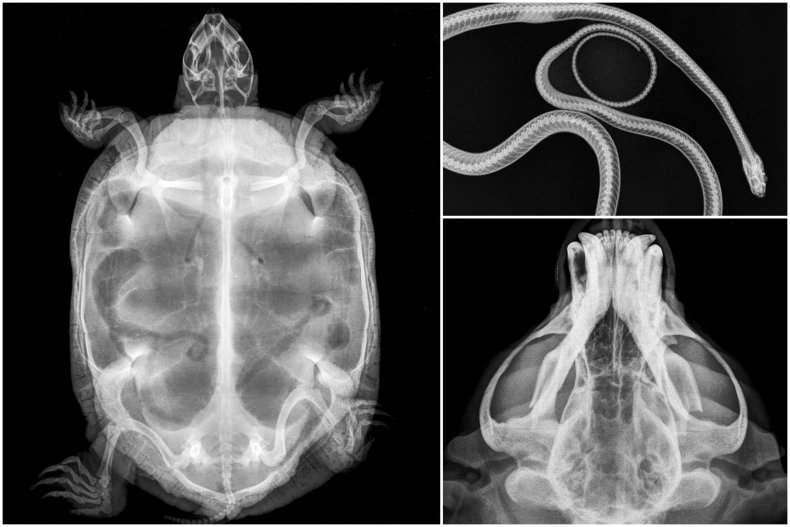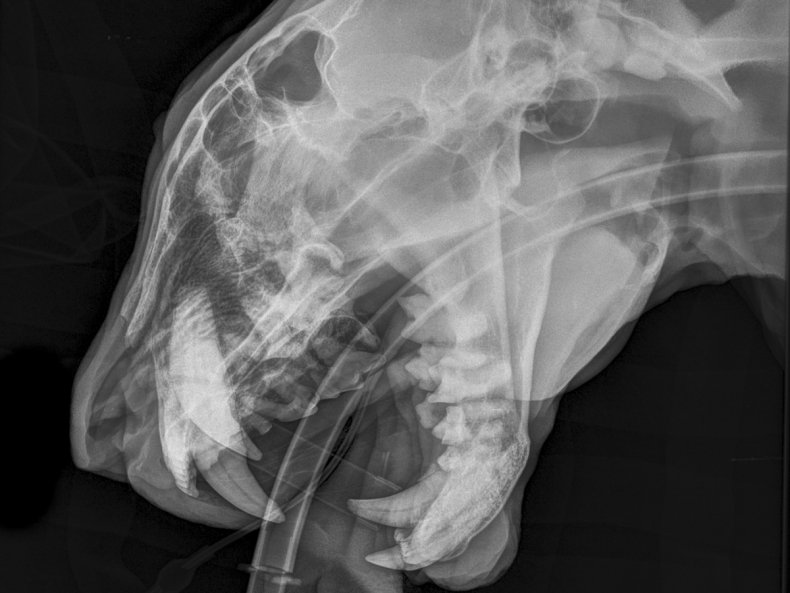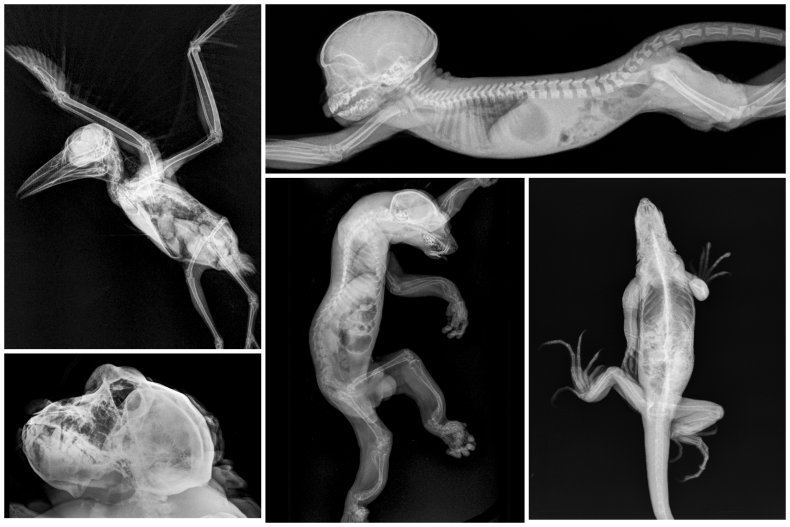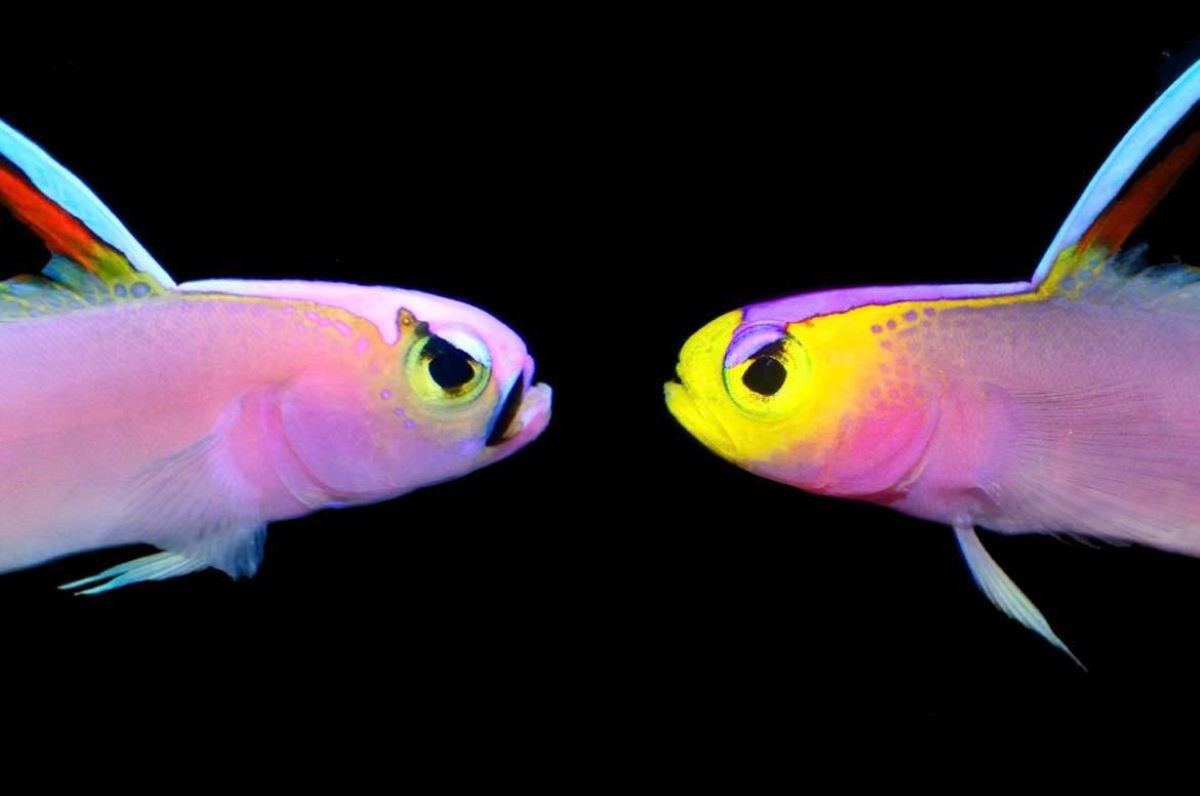Have you at any time questioned what a tiger would glance like less than an X-ray? What about a turtle, a sunlight bear, or a snake?
A wildlife healthcare facility in Thailand has showcased these special views and far more in a sequence of striking animal X-ray illustrations or photos taken about the past many yrs at its surgical procedures.

WFFT
The pictures were being shared by the on-web-site Wildlife Hospital at Wildlife Friends Foundation Thailand (WFFT) to increase recognition about nearby wildlife and to showcase illustrations of human-animal conflict that have been brought into the facility.
“The endeavor for a wildlife veterinarian is to study the exclusive healthcare protocols that each individual species calls for,” a spokesperson for the WFFT explained to Newsweek. “Therapy is as various as the wildlife.”
The spokesperson mentioned that, if the animal is most likely to be pressured or it would unsafe to for them go into the equipment, they will be sedated whilst the treatment usually takes put. “For case in point, the X-ray of Mukda the tiger reveals her with an endotracheal tube in her mouth, to support her breathe whilst under the anesthetic,” they stated.

WFFT
Mukda was rescued from Phuket Zoo along with 10 other tigers in 2022. According to the WFFT, arriving at the sanctuary was the to start with time she experienced been outdoors in a in the vicinity of-purely natural habitat. The 20-year-old tiger obtained an X-ray to enable diagnose a respiration problem that was triggering a rasp in her growl.
Virtually a 12 months on, Mukda’s wellbeing has “appreciably improved” and she is significantly fewer aggressive than she was when she 1st arrived at the center.

WFFT
An additional picture in the collection shows the leg of a sambar deer, named Sandee, with numerous bullet fragments inside that experienced shattered the deer’s bone. Sambar deer are vulnerable to extinction, according to the Global Union for the Conservation of Character, but Sandee managed to escape poachers irrespective of getting shot quite a few instances.
Other X-rayed animals in the collection contain an endangered crab-taking in macaque called Little one Luang, an endangered Bengal slow loris identified as Tufa, an endangered chimpanzee identified as Canoe, a kingfisher known as Kim and a eco-friendly iguana identified as Reya.

WFFT
The WFFT Wildlife Clinic grew to become the first wildlife hospital operate by a non-federal government group when it opened in 2005. Due to the fact, it has treated hundreds of wild animals each 12 months, with a lot of remaining effectively rehabilitated and safely and securely returned to the wild.
The X-ray equipment has tested crucial in the thriving prognosis of wildlife injuries, in which fur or scales may deal with up noticeable signs on the outside.
